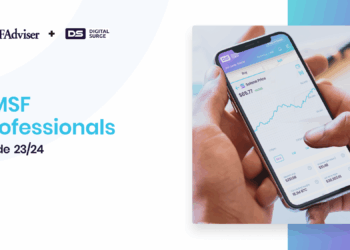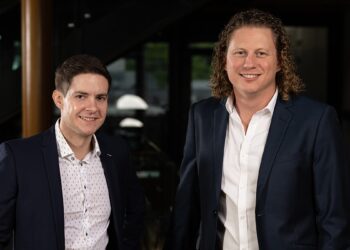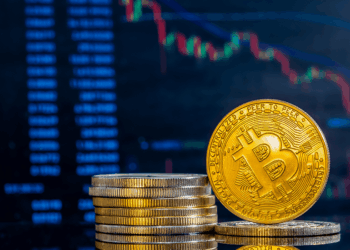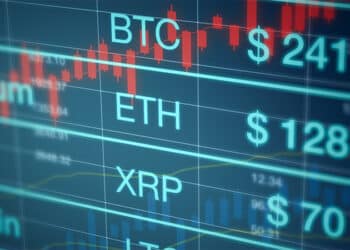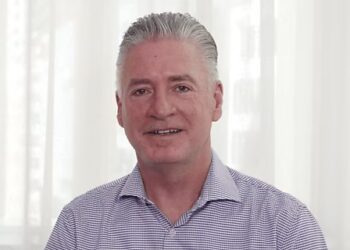If there is anything certain about the markets, it is the fact that it changes. Sometimes unexpectedly, sometimes violently – Sweeping an investor off their feet and leaving them a mess or carrying them high up to heaven with returns that would leave a smile on anyone’s face. Either way, it is important for Self Managed Super Fund (SMSF) trustees to position their portfolio to take advantage of or mitigate the risks of market volatility.
Here are some tips on how SMSFs can manage their portfolio in times of market volatility:
Build Strategies with Taxes in Mind
Taxes are usually the last thing an individual considers when they want to invest in an opportunity. They are more likely to consider the gains from investing and are more often surprised when the tax bill comes when they have realised an investment’s gains after disposing of the asset. Any investment strategy must be built with taxes in mind. Would it be better to hold an investment long-term to reduce the capital gains tax (CGT) when the asset is sold? For example, in Australia, SMSFs have a flat rate CGT of 15% on any net capital gain. However, if the asset is owned for at least one year, SMSFs are entitled to a 30% discount on it.
Selling an asset when the price is high when it has not been owned for up to one year would incur taxes, while if the asset price is below the purchase price, it could be sold to offset taxes from the loss. Furthermore, if an SMSF is fully in the Pension phase and has segregated pension assets (the SMSF assets are separated into asset pools specific to different members or specific to pension versus accumulated balances), an SMSF Trustee can ignore any capital gains or losses resulting from the disposal of the assets. So, an SMSF Trustee could decide to minimise the sale of certain assets until their fund begins to pay a pension.
Managing your crypto SMSF taxes can be particularly challenging, but reputable Australian exchanges like Digital Surge, integrate with several crypto tax software to streamline this process for you.
Keep Emotions Out of Investing
The best SMSF Trustees have processes they go through to analyse investment opportunities before they invest. They build an objective view of the asset they invest in by identifying the factors they saw that gave them the conviction to do so. In times of market volatility, these trustees go through their investment thesis to determine if the asset’s price change is due to a change in the factors they previously identified or whether it is due to market conditions. It prevents them from making emotional decisions when the price of an asset fluctuates to either sell out of the investment if the price is down or to hold the investment when the price goes up.
For example, Tesla hit an all-time high of about A$1770 in November and in five months, hit a low of about A$910. In line with keeping emotions out of investing, an SMSF Trustee who has thoroughly analysed the investment would go through their investment thesis on Tesla. Did the adoption of Electric Vehicles slow down? Did Tesla’s manufacturing slow down? Did the company stop making money? After going through their thesis, they might see that nothing changed fundamentally about the company and most likely macro-economic factors are at play. This represents a buying opportunity to acquire more Tesla stock and lower the cost basis of their Tesla investment.
An SMSF Trustee who is not prepared would instead sell off their Tesla shares as the price was falling and miss the opportunity to acquire shares at a lower price.
Manage Risk, Plan for Opportunity
There are two types of risk when it comes to investing, idiosyncratic and systemic risk. Idiosyncratic risk is related to a specific company or sector, while systemic risk affects all securities or at least many of them. For example, if you only invest in Apple and the sales of their newly launched phone falls flat resulting in a drop in their share price, that is an idiosyncratic risk. If the entire stock market is down due to macroeconomic events, that is an example of systemic risk. Idiosyncratic risks can be managed by diversifying into other sectors or asset classes, while systemic risks cannot.
While managing risk, it is also important to plan to take advantage of opportunities that present themselves. As stated earlier, it is beneficial to develop a thesis on an asset, including factors that could negatively or positively affect the asset. When looking at the volatility of an asset or the markets, an SMSF Trustee can then identify if the changes are due to the negatives or positives identified. If it is due to the negative factors, they may decide to manage their risk by selling however if it is not and the positive factors still exist, they may decide to take advantage and buy the asset(s) at a discount.
Diversify
As stated in the above section, the best way to protect an SMSF from volatility is through diversification. Diversification is the best way to reduce the impact of idiosyncratic risk. For example, investing in Apple, Tesla, and Google reduces the impact on an investment portfolio if Google is down but Apple and Tesla are up. Apple is in consumer electronics, Tesla in electric vehicles, and Google in data which are very different industries. It is also possible to diversify away from stocks into other asset classes like cryptocurrencies or real estate.
Since April 2017, Bitcoin has increased by 1625% or 16x its value, and this is based on the current price at the time of writing in this bear market. While the S&P 500 has only increased by 73% or 1.73 times its value. Though cryptocurrencies are seen as risky assets, there is a growing consensus that it is here to stay and will become a significant industry in the coming years.
Looking at a hypothetical scenario, if an SMSF invested $500,000 in the S&P 500 in April 2017, that investment would be worth $865,000 now. If this same fund invested 20% in Bitcoin and 80% in the S&P 500, then the investment would be worth $2,292,000, meaning it would be worth 265% more. Even if the allocation was 5% into Bitcoin, the return would be $1,221,750 or 141% more than investing everything into the S&P 500. SMSFs who want to invest in cryptocurrency with a reputable secure Australian cryptocurrency exchange use Digital Surge: https://digitalsurge.com.au/smsf/?tc=SMSFAdviserNov22
It should be noted that due to the risky nature of cryptocurrencies they are highly volatile, meaning in bull markets they increase significantly more than most stocks, but also fall more sharply when the macro-economic outlook is negative.
DCA
If an SMSF Trustee does not have technical analysis skills, the best way to reduce the impact of volatility is to Dollar-Cost Average (DCA) into the markets. According to the Vice Chair and Chief Investment Officer of the Pension and Benefits Plan at Bank of America, Keith Banks, time in the market beats timing the market.
No investor can claim to know what will happen in the market, and even with fantastic technical analysis skills, all attempts to predict the markets are just best guesses. So, rather than trying to find the right time to get into the market, it is better to invest small sums over a period. This reduces the impact of variability because the markets always fluctuate. It helps remove emotions from investing because regardless of what happens in the market, this strategy compels an SMSF Trustee to keep investing in the market.
Learn from History
If there is one thing to learn from history about the market it is that it goes in cycles, there is a time for growth, and there is a time for a decline. Sometimes the good times roll in and it seems like it will never end, and other times the tough times come, and it feels like the worst thing. With this knowledge in mind, remember this quote from Warren Buffett, “Be fearful when others are greedy, and greedy when others are fearful.” Economic downtimes are typically where real wealth is created by purchasing great assets that are fundamentally sound but whose valuations are affected by the macroeconomic situation at great prices.
Seek Financial Advice from a Professional
Lastly, speak to a financial advisor if you feel inclined to act or sell your investments based on emotions. A financial advisor can help you analyse your situation based on your risk tolerance, financial circumstance and give you the best course of action that aligns with your goals.


